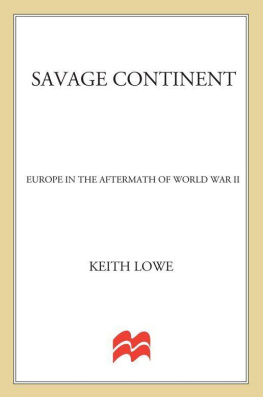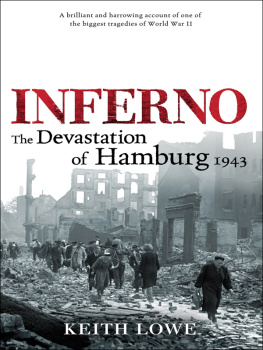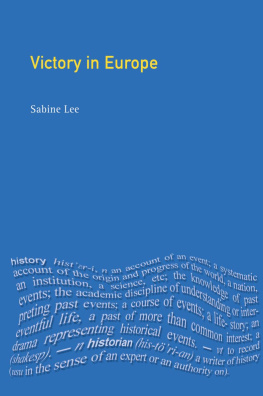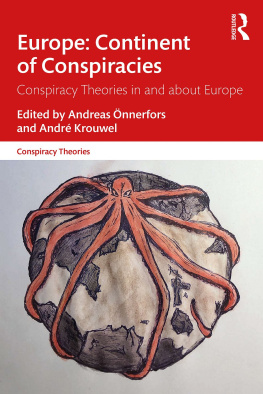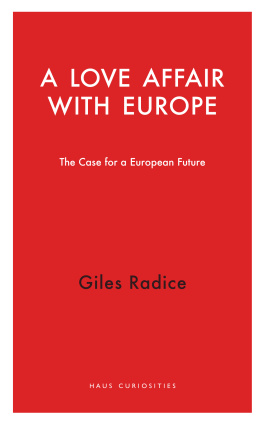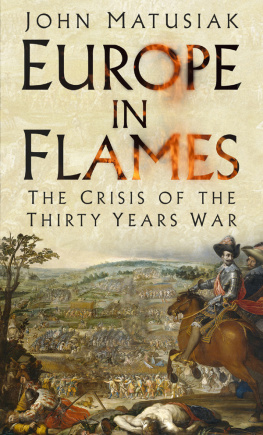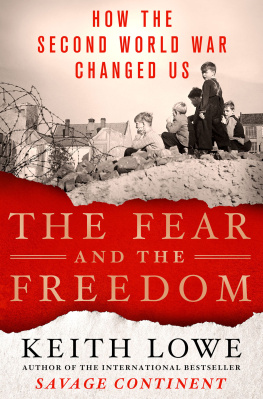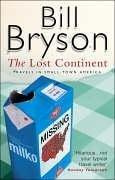
To Vera
Table of Contents
Imagine a world without institutions. It is a world where borders between countries seem to have dissolved, leaving a single, endless landscape over which people travel in search of communities that no longer exist. There are no governments any more, on either a national scale or even a local one. There are no schools or universities, no libraries or archives, no access to any information whatsoever. There is no cinema or theatre, and certainly no television. The radio occasionally works, but the signal is distant, and almost always in a foreign language. No one has seen a newspaper for weeks. There are no railways or motor vehicles, no telephones or telegrams, no post office, no communication at all except what is passed through word of mouth.
There are no banks, but that is no great hardship because money no longer has any worth. There are no shops, because no one has anything to sell. Nothing is made here: the great factories and businesses that used to exist have all been destroyed or dismantled, as have most of the other buildings. There are no tools, save what can be dug out of the rubble. There is no food.
Law and order are virtually non-existent, because there is no police force and no judiciary. In some areas there no longer seems to be any clear sense of what is right and what is wrong. People help themselves to whatever they want without regard to ownership indeed, the sense of ownership itself has largely disappeared. Goods belong only to those who are strong enough to hold on to them, and those who are willing to guard them with their lives. Men with weapons roam the streets, taking what they want and threatening anyone who gets in their way. Women of all classes and ages prostitute themselves for food and protection. There is no shame. There is no morality. There is only survival.
For modern generations it is difficult to picture such a world existing outside the imaginations of Hollywood script-writers. However, there are still hundreds of thousands of people alive today who experienced exactly these conditions not in far-flung corners of the globe, but at the heart of what has for decades been considered one of the most stable and developed regions on earth. In 1944 and 1945 large parts of Europe were left in chaos for months at a time. The Second World War easily the most destructive war in history had devastated not only the physical infrastructure, but also the institutions that held countries together. The political system had broken down to such a degree that American observers were warning of the possibility of Europe-wide civil war.
That Europe managed to pull itself out of this mire, and then go on to become a prosperous, tolerant continent seems nothing short of a miracle. Looking back on the feats of reconstruction that took place the rebuilding of roads, railways, factories, even whole cities it is tempting to see nothing but progress. The political rebirth that occurred in the west is likewise impressive, especially the rehabilitation of Germany, which transformed itself from a pariah nation to a responsible member of the European family in just a few short years. A new desire for international cooperation was also born during the postwar years, which would bring not only prosperity but peace. The decades since 1945 have been hailed as the single longest period of international peace in Europe since the time of the Roman Empire.
It is little wonder that those who write about the postwar era historians, statesmen and economists alike often portray it as a time when Europe rose like a phoenix from the ashes of destruction. According to this point of view, the conclusion of the war marked not only the end of repression and violence, but also the spiritual, moral and economic rebirth of the whole continent. The Germans call the months after the war Stunde nul (Zero Hour) the implication being that it was a time when the slate was wiped clean, and history allowed to start again.
But it does not take much imagination to see that this is a decidedly rosy view of postwar history. To begin with, the war did not simply stop with Hitlers defeat. A conflict on the scale of the Second World War, with all the smaller civil disputes that it encompassed, took months, if not years, to come to a halt, and the end came at different times in different parts of Europe. In Sicily and the south of Italy, for example, it was as good as over in the autumn of 1943. In France, for most civilians, it ended a year later, in the autumn of 1944. In parts of eastern Europe, by contrast, the violence continued long after VE Day. Titos troops were still fighting German units in Yugoslavia until at least 15 May 1945. Civil wars, which were first ignited by Nazi involvement, continued to rage in Greece, Yugoslavia and Poland for several years after the main war was over; and in Ukraine and the Baltic States nationalist partisans continued fighting Soviet troops until well into the 1950s.
Some Poles contend that the Second World War did not really end until even more recently: since the conflict officially began with the invasion of their country by both the Nazis and the Soviets, it was not over until the last Soviet tank left the country in 1989. Many in the Baltic countries feel the same way: in 2005 the presidents of Estonia and Lithuania refused to visit Moscow to celebrate the 60th anniversary of VE Day, on the grounds that, for their countries at least, liberation had not arrived until the early 1990s. When one factors in the Cold War, which was effectively a state of perpetual conflict between eastern and western Europe, and several national uprisings against Soviet dominance, then the claim that the postwar years were an era of unbroken peace seems hopelessly overstated.
Equally dubious is the idea of Stunde nul . There was certainly no wiping of the slate, no matter how hard German statesmen might have wished for one. In the aftermath of the war waves of vengeance and retribution washed over every sphere of European life. Nations were stripped of territory and assets, governments and institutions underwent purges, and whole communities were terrorized because of what they were perceived to have done during the war. Some of the worst vengeance was meted out on individuals. German civilians all over Europe were beaten, arrested, used as slave labour or simply murdered. Soldiers and policemen who had collaborated with the Nazis were arrested and tortured. Women who had slept with German soldiers were stripped, shaved and paraded through the streets covered in tar. German, Hungarian and Austrian women were raped in their millions. Far from wiping the slate clean, the aftermath of the war merely propagated grievances between communities and between nations, many of which are still alive today.
Neither did the end of the war signify the birth of a new era of ethnic harmony in Europe. Indeed, in some parts of Europe, ethnic tensions actually became worse. Jews continued to be victimized, just as they had been during the war itself. Minorities everywhere became political targets once again, and in some areas this led to atrocities that were just as repugnant as those committed by the Nazis. The aftermath of the war also saw the logical conclusion of all the Nazis efforts to categorize and segregate different races. Between 1945 and 1947 tens of millions of men, women and children were expelled from their countries in some of the biggest acts of ethnic cleansing the world has ever seen. This is a subject that is rarely discussed by admirers of the European miracle, and even more rarely understood: even those who are aware of the expulsions of Germans know little about the similar expulsions of other minorities across eastern Europe. The cultural diversity that was once such an integral part of the European landscape before, and even during, the war was not dealt its final death-blow until after the war was over.
Next page
